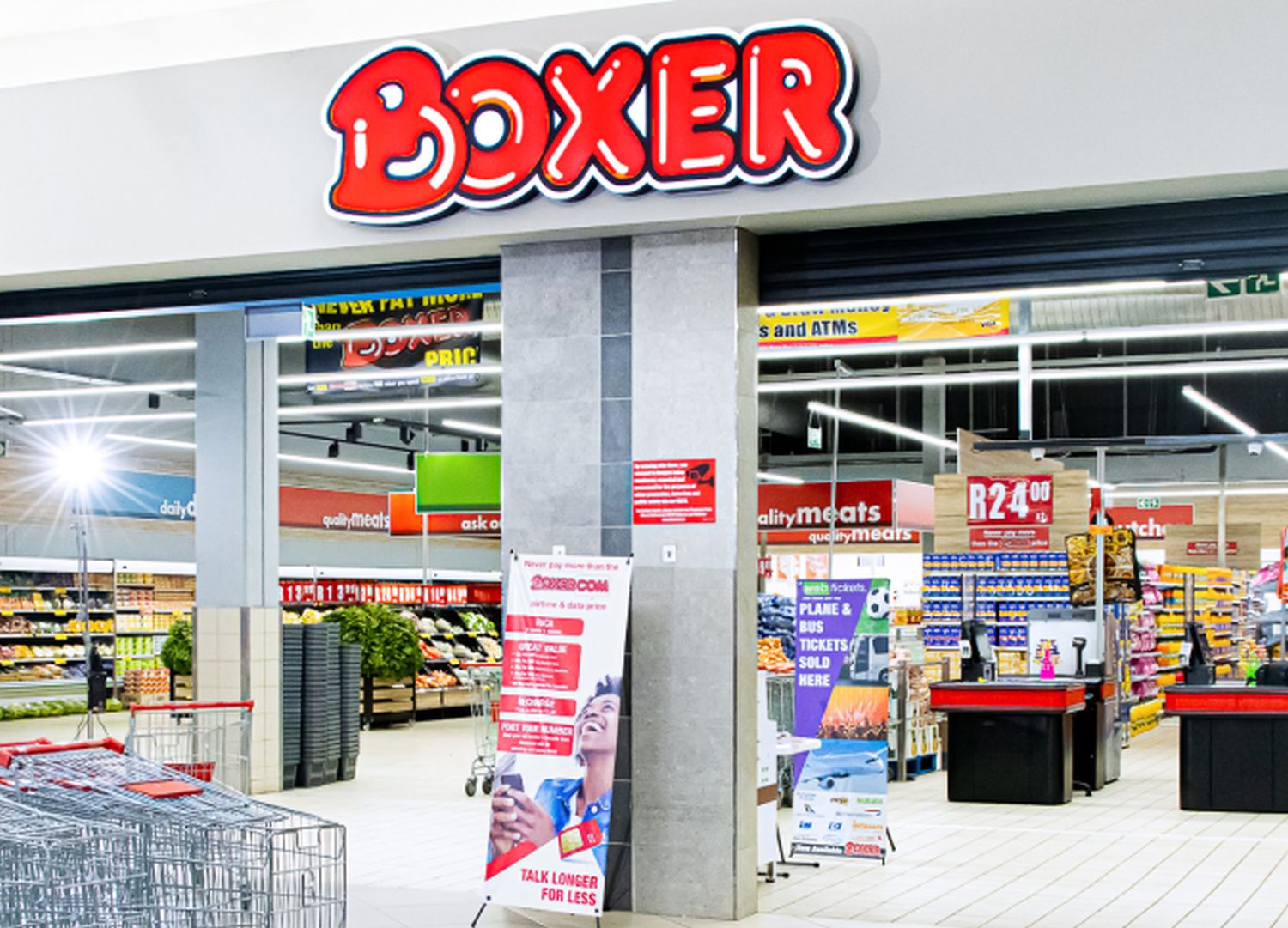Boxer said its store growth has had a positive impact on job creation, as it has created 2 900 jobs in 52 weeks.
Grocery retailer Boxer has expanded its footprint in South Africa and eSwatini by adding 48 net new stores during 52 weeks ending March 2025. However, its headline earnings for the period remained flat.
Now operating 525 stores (320 Boxer Superstores, 175 Boxer Liquor stores, and 30 Boxer Build stores), the retailer plans to open 60 more stores, including 25 superstores and 35 liquor stores, by 2026. This is with the aim of making its discounted offers more accessible to a wider range of customers.
Boxer made the announcement on Monday in its first-ever financial results since listing in November 2024.
NOW READ: Most of Pick n Pay staff affected by closure of 32 stores will be redeployed
How did Boxer perform?
The retailer reported turnover growth of 13.2% to R42.3 billion during the 52 weeks and trading profit growth of 9.9% to R2.3 billion.
“This growth was 17.0% if excluding non-recurring non-cash gains on the derecognition of a Pick n Pay financial guarantee in the prior year.
“Comparing year-on-year performance on a pro forma 52-week basis, turnover increased by 10.4%, in line with pre-IPO market guidance, while trading profit increased by 7.0% (to R2.3 billion) and 14.0% when excluding the once-off non-cash gain in the prior year, detailed above.”
Boxer’s discount model
Boxer has positioned itself as the “People’s Champion” due to its lean discount model, prioritising price and efficiency.
The retailer said its store growth has had a positive impact on job creation, as it has created 2 900 jobs during the 52 weeks. Boxer now employs 31 906 staff members
“The retailer has invested in its Boxer Rewards Club loyalty programme and attracted over 1.9 million sign-ups since its launch in October 2024.”
Marek Masojada, Boxer CEO, said, “The results today are a testament to our powerful discount model underpinned by a deep understanding of our customers’ needs.”
NOW READ: Boxer CEO Marek Masojada to address Business@Breakfast event about resilience in retail
Bad news
Despite the growth, Boxer’s headline earnings remained flat at -0.1%, reflecting higher net finance costs associated with the new external debt introduced as part of the pre-IPO balance sheet restructuring, alongside an increase in the effective tax rate, which offset the positive impact of the operational performance.
Headline earnings are used to measure the company’s profitability on a per-share basis. Boxer’s trading costs also grew to R7.06 billion, from R6.08 billion in the previous financial year.
Although Boxer’s profit margin for the period came in well ahead of the 5.0% target, the retailer expects some pressure on margins going forward.
This is due to the extra ongoing costs of being a publicly listed company, some short-term losses as the new Tongaat DC starts operating, and increased spending on product pricing to stay competitive.
Shareholders
The retailer informed shareholders that the number of Boxer shares is expected to increase by approximately 34% in the next financial year, following the IPO. This will lower earnings per share and is likely to result in a decline in headline earnings per share compared to the 2025 financial year.
Boxer has not declared a final dividend for the financial year 2025, and it maintains its intention to pay out 40% of headline earnings per share from the financial year 2026.
“Boxer intends to declare an interim financial year 2026 dividend at the time of the first half of the year result.”
